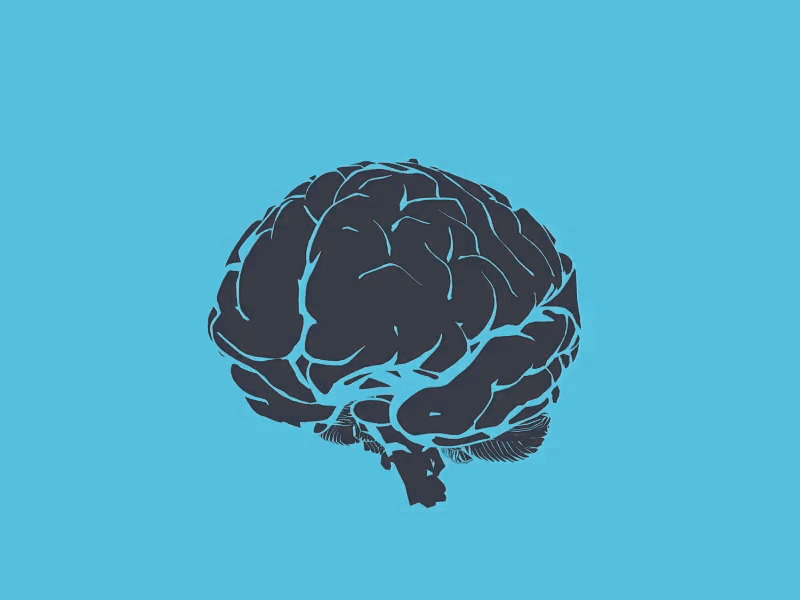Self Unbound: Ego Death in Psychedelic Users
- Angel Okoro

- Dec 15, 2019
- 3 min read
“Ego is the immediate dictate of human consciousness.”
Max Planck
Ego Death is the experience of a compromised sense of self that manifests through the use of psychedelic drugs. Psychoanalysts describe this as a disruption of ego-boundaries, which results in a blurring of the distinction between internal self-representation and external object-representation. On the one hand, these experiences may give one a sense of unity with one’s surroundings. Psychedelics increase brain complexity, a sign of consciousness, and can be used as a form psychedelic-assisted psychotherapy. On the other hand, it has been argued that disturbed self-representation can lead to psychosis and schizophrenia.
Traditionally, discussions of altered self-experiences are characterized through philosophy or psychopathology. However, in recent years, it has become a focus of neurobiologists, as investigations into psychedelic drugs can reveal the neural correlation between normal and abnormal self-awareness.

This reduction of self-representation has been investigated in psychedelic drugs, including psilocybin and LSD. These drugs serve as serotonin/5-HT2A receptor agonists, mimicking the happy, arousing emotions associated with the serotonin neurotransmitter. Researchers at the Stavanger University Hospital Centre for Age‐Related Medicine Stavanger in Norway used brain imaging to explore the effects of LSD on the brain. This study revealed that LSD, “reduced communication among brain areas involved in planning and decision-making, but it increased communication between areas involved in sensation and movement.” Participants reported strong effects on their thinking and perception.
A study conducted at the Netherlands Institute for Neuroscience, used a Functional Magnetic Resonance Imaging machine (fMRI) to scan participants’ brains after doses of LSD. fMRI is used to detect regions of the brain that change in activation levels in response to specific stimuli. The images showed increased global connectivity and increased communication between regions of the brain that are normally disconnected. Specifically, researchers observed increase connectivity in the fronto-parietal cortex, which is rich in 5-HT2A receptors and is important for distributing information. A stronger distribution of information could strengthen the connection between a person’s sense of self and their sense of environment, thereby strengthening one’s sense of consciousness.

Functional connectivity is the connection between brain regions that share similar functions. A Functional connectivity MRI (fcMRI), is used to visualize functional connectivity density (FCD). Analysis of LSD fcMRI data also confirmed an increase in functional connectivity in the fronto-parietal cortex. The results also show that LSD diminishes the integrity of individual molecules in the brain’s central integration regions that are rich in 5-HT2A receptors.
Consider everything one knows about the world and about one’s self identity. Through the course of one’s life, one creates a complex personality with ideas, desires, beliefs, aptitudes, fears and more. One’s personality becomes so significant that it is impossible to imagine oneself without it. But what if one’s sense of self, one’s ego, vanished? What happens when one becomes so conscious of the external environment that they lose consciousness of one’s internal self?
In the end of a life, comes death, a complete destruction of the ego. Perhaps it will never be known what death really feels like, but “Ego Death” through the use of psychedelics, is the closest death one can experience yet return from. It is possible that this process is as if one is physically dying; as everything one known about one's self dissolves, one is left without an existence.
Our egos are all we believe ourselves to be. They are the result solely of our ability to separate ourselves and the external world. When this separation is dissolved, who, or what are we really?

References
1. Lebedev, A. V., Lövdén, M. , Rosenthal, G. , Feilding, A. , Nutt, D. J. and Carhart‐Harris, R. L. (2015), Finding the self by losing the self: Neural correlates of ego‐dissolution under psilocybin. Hum. Brain Mapp., 36: 3137-3153. doi:10.1002/hbm.22833.
2. Tagliazucchi, E., Roseman, L., Kaelen, M., Orban, C., Muthukumaraswamy, S. D., Murphy, K., … Carhart-Harris, R. (2016). Increased Global Functional Connectivity Correlates with LSD-Induced Ego Dissolution. Current Biology, 26(8), 1043–1050. https://doi.org/10.1016/j.cub.2016.02.010
3. Image 1. https://drugabuse.com/lsd/overdose/
5. Figure 1. FCD from fMRI (from Tagliazucchi, 2016).




Comments